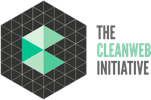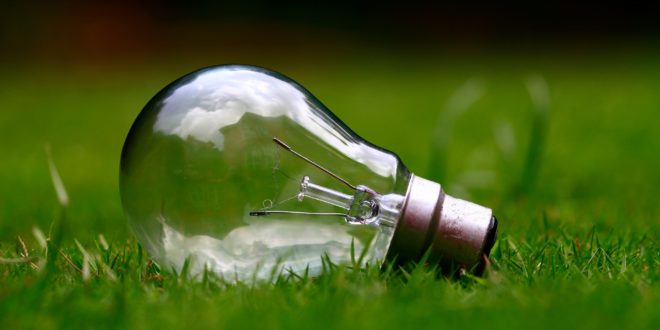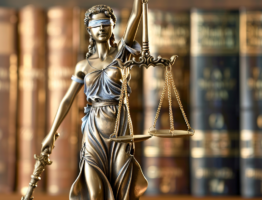At Stronghold Engineering, we deliver unparalleled design and construction support services by relentlessly focusing on quality, teamwork, and safety. The integrity and commitment of our teams are also evident in everything we do. We use a wide range of green, eco-friendly solutions in all of our engineering and construction projects – solutions that go beyond recyclable materials and renewable energy. Here we talk about some of our sustainability initiatives and how they help us responsibly deliver savings to our customers – while helping to save the environment in the process.
At Stronghold Engineering, we believe that true sustainability goes beyond the obvious environmental impacts of our actions. Sustainability encompasses everything from how we run our offices and job sites to the best practices we’ve adopted for hiring and project and client selection. It also encompasses our decision-making processes regarding partnerships with vendors and other businesses to eliminate and reduce waste, minimize the climate impacts of our work, and promote sustainability initiatives wherever we can.
As such, green, sustainable building at Stronghold Engineering is about adopting environmentally responsible and resource-efficient processes throughout the life cycles of all of our projects, from planning and design to construction, operation, maintenance, and renovation. By closely cooperating with contractors, architects, our engineering specialists, and the client throughout every stage of every project, we can build – by design – better comfort, economy, utility, and durability into every project, and cover the three drivers of sustainability: people, the planet, and sustainable profits throughout our supply chains.
A key component of this strategy is our people. With a clear emphasis on continuous improvement and development, we strive to retain our position as a recognized industry leader by having the best, most professional teams in place across all of our business verticals (you can read more about our teams and workplace culture here). Our certifications and work with local, state, and federal agencies to deliver top-notch, sustainable outcomes are also testaments to our commitments to sustainability.
Below is a brief outline of how we’ve designed green building and sustainability into everything we do at Stronghold Engineering.
Understanding Sustainability Initiatives in Construction
When it comes to construction and engineering projects, new technologies are constantly under development to improve and/or complement existing best practices. However, the general goal of sustainability initiatives of any type in the construction space is to reduce the impacts of construction and related projects on the natural environment and human health by:
- Efficiently using energy, water, and other critical resources.
- Protecting the health of building occupants and improving their productivity.
- Reducing waste and pollution throughout the construction and project lifecycle.
Goals of Green Building
Many of today’s sustainability initiatives are decades old. Many began with environmental, economic, and social benefits in mind. However, today’s sustainability programs look for more of an integrated approach that combines sustainable, purpose-built designs with building construction and life-cycle management.
Some of the key components of sustainability initiatives at Stronghold Engineering include the use of renewable resources such as sunlight throughout our projects (such as the use of passive and active solar layouts and photovoltaic equipment); using plants, trees, and rain gardens; using low-impact building materials; designing our projects for energy and water efficiency; and constructing buildings and other projects with operations and maintenance optimization and waste reduction in mind.
Here is how we do it.
Life Cycle Assessment (LCA)
It all starts with a comprehensive life cycle assessment that assesses the full range of environmental impacts of a given project, right from the extraction of raw materials and materials processing to the manufacturing, distribution, use, repair, maintenance, and recycling of building components. The LCA considers energy use, global warming potential, resource use, air pollution, water pollution, and waste for each project.
Design Efficiency
The concept and design stages typically have the largest impact on the overall cost, performance, and potential savings of any project. Designs are unique for each new project, but every one of our designs considers multiple variables, from end-user comfort to business needs and the possibility of using green/recyclable/renewable materials – not just throughout the construction process but once construction is complete as well.
Energy Efficiency
Energy efficiency goes hand in hand with design efficiency. We build measures to reduce energy consumption into all of our projects, starting with the energy needed to extract, process, transport, and install different building components and materials, all the way to assessments of the operating energy needed to run business processes and run machinery such as HVAC equipment.
Also, by reducing air leakage through the building envelope, which is comprised of the barriers between conditioned and unconditioned spaces, installing windows and extra insulation in walls, ceilings, and floors, including passive solar features in our building design, and using trees and shrubbery in landscaping to shade windows and roofs during the summer (and simultaneously maximizing solar output in the winter), we can significantly lower the construction and operating costs of individual buildings and projects in a very quantifiable manner.
Water Efficiency
No sustainability project would be complete without built-in water conservation initiatives. Dual plumbing, for example, can be used to lower the dependency on the local water supply, and water-conserving fixtures such as low flush toilets, low-flow showerheads, and point-of-use water heating can reduce the overall use of water on a given site, as well as the energy required to provide, use, and dispose of water.
Materials Efficiency
Green materials include lumber from certified renewable forests, rapidly renewable plant materials such as bamboo or straw, recycled metal, and other non-toxic, reusable, renewable, and/or recyclable materials. We can also reuse a variety of recycled industrial goods in our projects, such as concrete, sand, and debris from demolitions, based on project needs and specs.
Indoor Environmental Quality
All of our projects also take into consideration the comfort of the user and the quality of indoor spaces. This includes moisture control to prevent dampness that can lead to mold growth, water intrusion, airflow control, integrating daylight and electrical light sources to enhance lighting quality and energy performance, and using hypoallergenic materials such as wood where possible.
Electricity Optimization
Finally, we strive to reduce the load of our projects on the local electrical grid by reducing the energy needs of our buildings. Some of the ways we can do this include building orientation, good insulation, solar panels, thermal/electrical energy storage systems, and installing smart building systems such as auto-off lights and motion sensors to detect the presence or absence of workers in different parts of a facility at different times.
Final Thoughts
Our comprehensive environmental strategy has a multi-pronged approach to conservation that uses life cycle assessments, performance measurement, actionable targets, supplier management, adherence to all applicable laws and regulations, and the expertise of our teams to deliver top-notch sustainable projects for our clients.To learn more about our work or to have a conversation about joining us, please visit us at https://www.strongholdengineering.com/.




